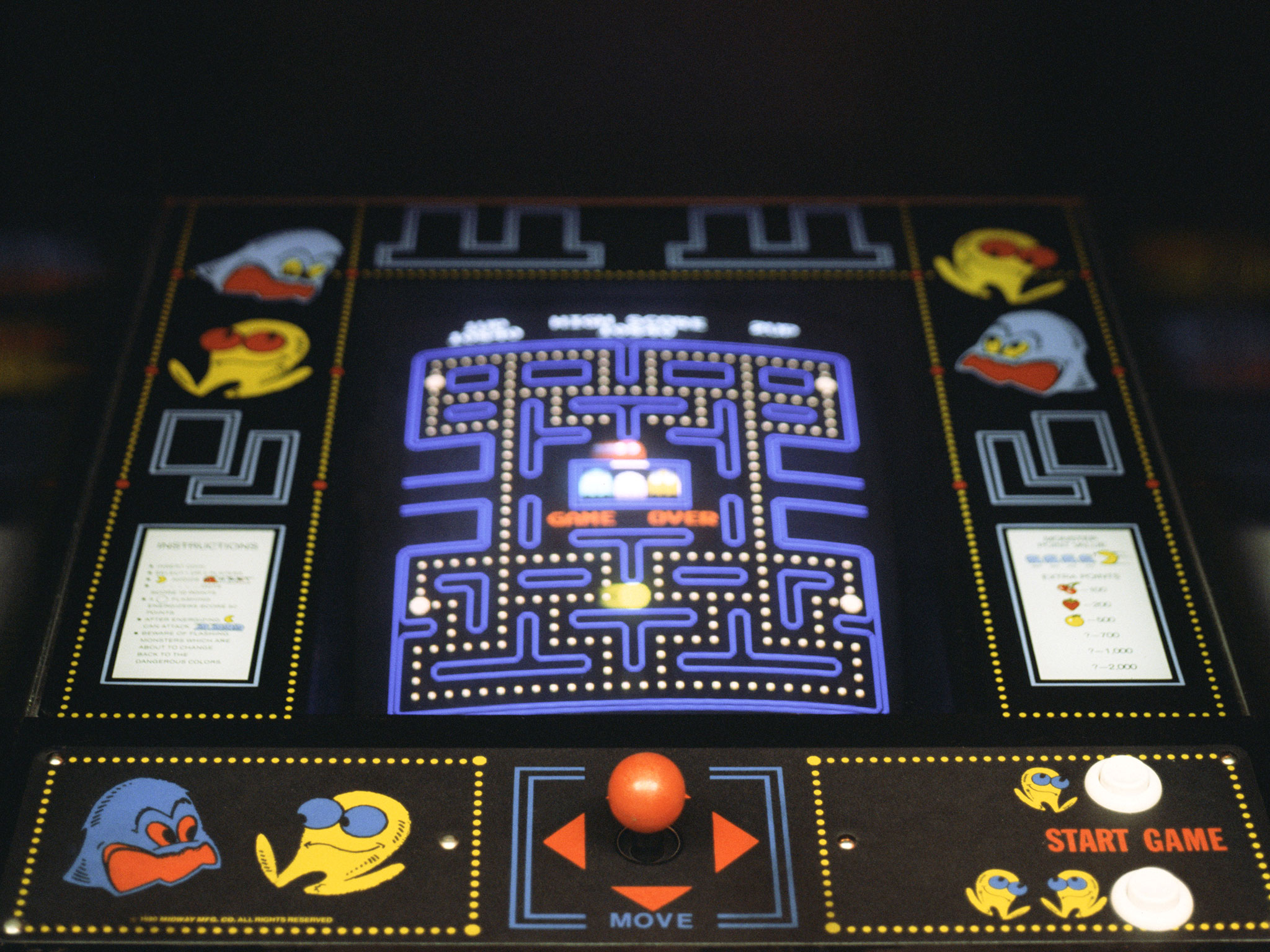Video Arcades Trump Most Amusement Parks, Not Disney or Universal
What do you get when you mash together aspects of our Connected Society and Content is King investing themes? One answer is gaming.
Add in our “Death of the Mall as You Know It” view and we are not surprised by the return of video arcades. These 21st-century arcades are filled with high-end 3D games and simulators that are chomping more than just a few quarters. But that’s where our Cashless Consumption theme comes into play as a player uses a topped off game play card that also keeps track of prize tickets. While we still love our roller coasters, we can understand how the quasi-addictive nature of gaming. Add in some friends and some adult beverages a la our Guilty Pleasure investing theme and <boom> there is your Dave & Buster’s Entertainment (PLAY) business model.
For those of you who miss the old stand-up games of Galaga and Defender, there were more “amusement arcades” in 2014 than in 1998, according to the Census Bureau.
The amusement park has been on a roller coaster ride for two decades, one that—as the chart shows—is fundamentally headed downward. In some years, more parks opened than shut, but the small upticks have been wiped out by the near-regularity of a free fall. There were 48 percent fewer amusement parks in the U.S. in 2014 than in 1998.
Among these, the smaller parks which depend on local or regional customers, and often just during summer, are having the hardest time. Even such a well-loved brand as Lego met industry skepticism as it seeks to build a chain of regional parks. On the other hand, huge amusement and theme parks that double as vacation destinations are still going strong.
Source: Americans Are in Love With Video Arcades Again – Bloomberg

